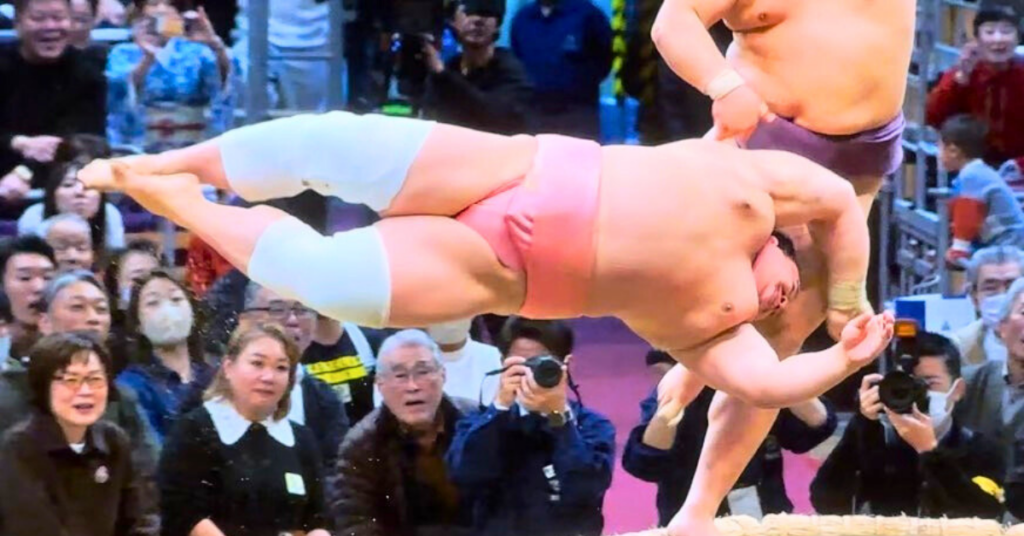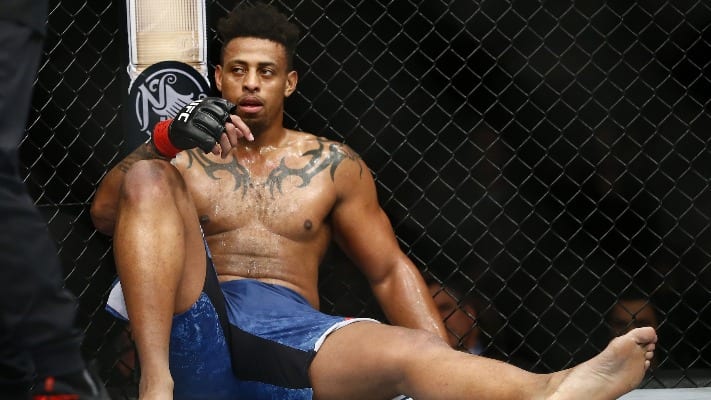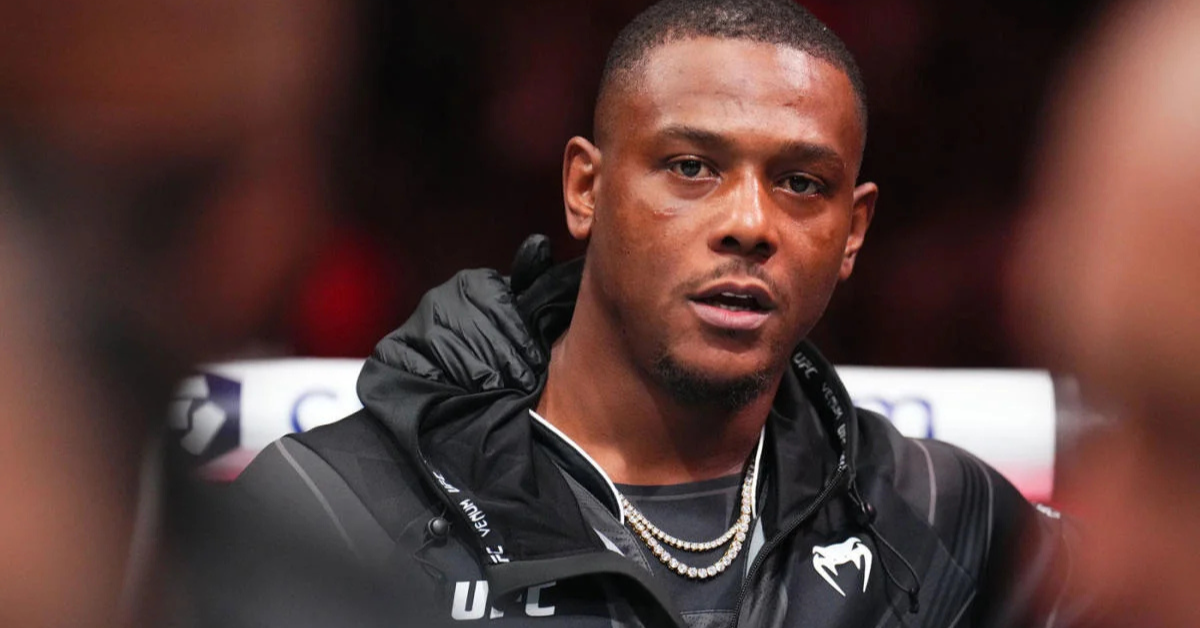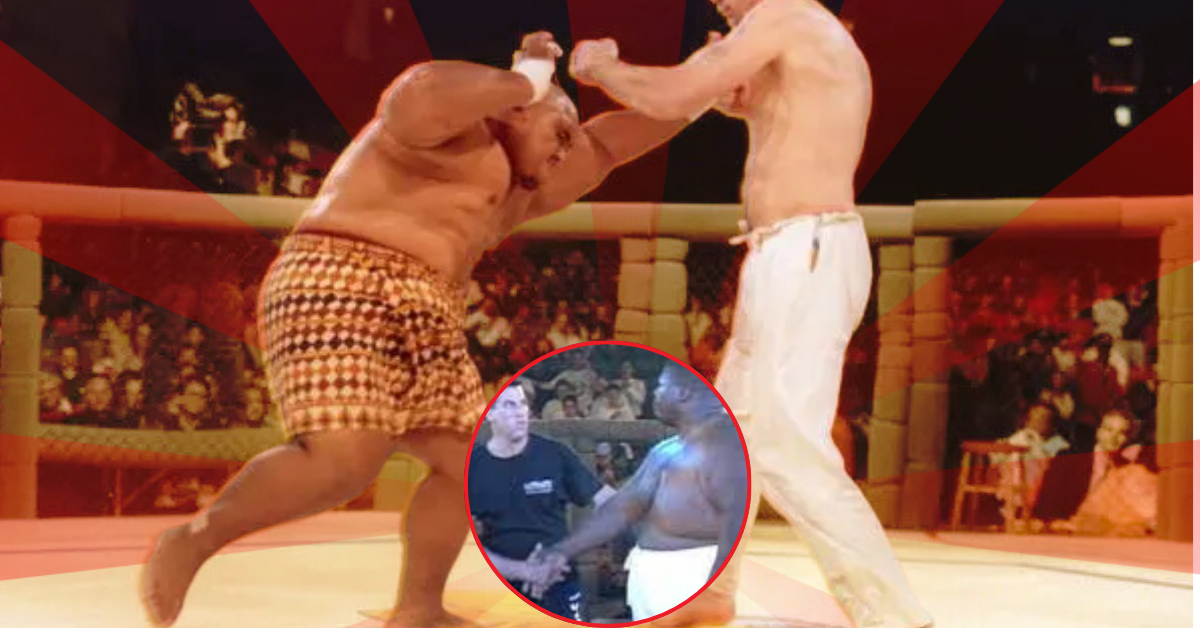

When the UFC was young and ridiculous, it had a simple question: What happens when you take a 600-pound sumo wrestler and put him in a cage with someone who actually knows how to throw a punch? The answer, it turns out, is entertainment of the most cringeworthy variety.
Sumo Wrestling in the UFC
Only three sumo wrestlers have ever stepped into the octagon, and their combined record reads like a medical report. These weren’t exhibition matches or friendly sparring sessions. These were legitimate attempts to prove that sumo wrestling could hang with other martial arts, and they failed spectacularly.
Teila Tuli
The pioneer of this particular form of athletic masochism was Taylor Wily, fighting under the name Teila Tuli at UFC 1 in 1993. Wily was the real deal in sumo circles, having trained in Japan and achieved genuine success in the sport’s traditional hierarchy. He was undefeated in his first 14 professional sumo bouts and had even mentored future yokozuna Akebono Tarō. This wasn’t some random big guy off the street.
Unfortunately for Teila Tuli, his opponent Gerard Gordeau had zero interest in respecting sumo tradition. Gordeau landed a roundhouse kick that sent Wily’s teeth flying across the octagon like confetti at a very twisted New Year’s party. The kick was so brutal that Teila Tuli’s teeth allegedly embedded themselves in Gordeau’s leg, creating what might be the most disturbing souvenir in combat sports history. Teila Tuli was so traumatized by the experience that he refused to acknowledge his UFC appearance for a full decade.

Emmanuel Yarbrough
The second sumo experiment came at UFC 3 with Emmanuel Yarbrough, who held the Guinness World Record for heaviest living athlete at over 600 pounds. Yarbrough wasn’t just big for the sake of being big. He had legitimate wrestling credentials and had won silver medals at the Sumo World Championships. When he stepped into the cage against Keith Hackney, it looked like David versus Goliath, if Goliath had eaten several other Goliaths for breakfast.
Hackney, who probably weighed less than one of Yarbrough’s legs, proceeded to dance around the massive sumo wrestler like a caffeinated hummingbird. While Yarbrough lumbered forward trying to grab his opponent, Hackney peppered him with strikes until the referee mercifully stopped the fight. The lesson was clear: in mixed martial arts, mobility beats mass, and cardio beats everything.
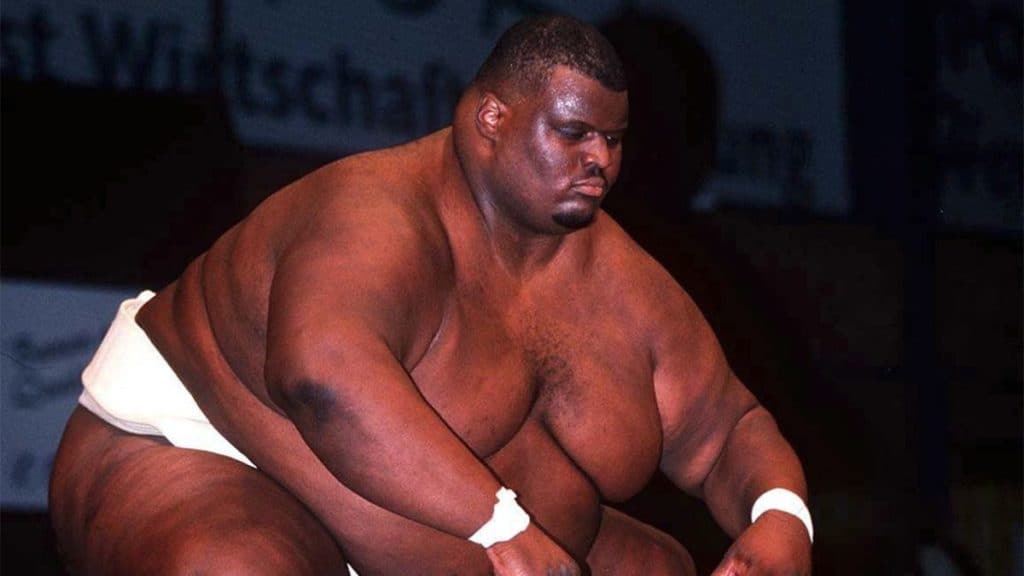
Koji Kitao
The final chapter in this trilogy of pain came at UFC 9 with Koji Kitao, a former yokozuna who represented the absolute pinnacle of sumo achievement. Kitao was sumo royalty, the 60th yokozuna in the sport’s history. If anyone could make sumo work in mixed martial arts, it should have been him.
Mark Hall had other plans. In just 42 seconds, Hall managed to batter the 390-pound sumo champion until the doctor stopped the fight, earning himself the nickname “Giant Killer.” Kitao’s performance was so disappointing that it essentially ended any serious discussion about traditional sumo wrestlers competing in mixed martial arts.
The problem with sumo wrestlers in MMA isn’t lack of skill or athleticism. These were world-class athletes who possessed incredible strength, balance, and technique. The issue was that sumo wrestling is designed for explosive, five-second bursts of activity. As UFC heavyweight Roy Nelson observed after training with sumo wrestlers, they have incredible power and movement skills, but “after 30 seconds, their energy’s zapped.”
Modern mixed martial arts has found ways to incorporate sumo principles without the obvious drawbacks. Lyoto Machida successfully used sumo techniques throughout his UFC career, but he combined them with karate, cardio, and the revolutionary concept of not weighing 400 pounds. Sumo training has become a useful supplement for fighters working on balance and clinch techniques, but as a standalone fighting style in MMA, it’s about as effective as bringing a calculator to a knife fight.
